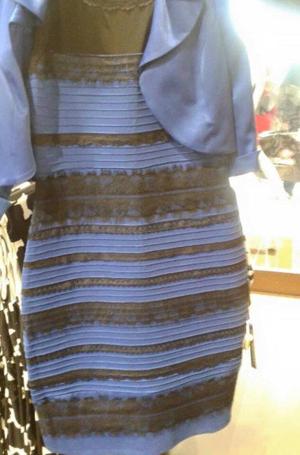I was lucky enough to get the opportunity to use vintage U.S. Army pocket stereoscopes in class this week. Dr. Suresh brought in a bunch of pocket stereoscopes and aerial images of interesting landscapes to view. At first a lot of people including myself were having trouble viewing the images. It takes some time to find the right viewing distance and focus your vision properly to see one 3-D image. Below are some pictures I took in class while we were using the stereoscopes.
I studied five black and white pictures using the stereoscope. One was of the Sacaton Mountains in west central Arizona. This was the first one I studied and I could barely make out what anything was in the picture by looking at it with a naked eye. But using the stereoscope everything changes and I saw peaks of mountains being raised out of the picture. There was a river running through the landscape in the valleys of the mountains. However, the mountains were by them self and not really apart of a mountain range. They were surrounded by what seemed like fairly level land.
Another picture was of Inselberge in southeastern California. This picture was similar to the last with the raised mountains. These mountains appeared to be more massive. The surrounding landscape seemed to be of the same consistency and of smooth texture. There was a wave-like flow to the area surrounding the mountains. I read later that this area is sediment and debris that is slowing passing through the mountains toward the Salton Sea.
The third picture was of a place in Honolulu, Hawaii called Diamond Head. This picture had some smoother mountains and a large crater surrounded by civilization. You could tell it was a civilization because of the straight lines (roads) that created tiny blocks where you could barely make out the structure of buildings. The crater had a ridged circular rim around the smooth base.
The picture of Rattlesnake Ridge in the Colorado Rocky Mountains had a lot of different textures in it. There appeared to be two long mountain ranges running across the picture with a valley in between them. The one mountain range had a repeating cut of different depth in the mountain. Also the valley was of different colors and I saw smooth lines which I figured to be from farming.
The last aerial image was of Longs Peak, the highest elevation in Rocky Mountain National Park, Colorado. This one like some of the others showed large mountains raised form the pictures but these were more like a mountain range than the others. There appeared to be less valleys and most of the landscape looked rough. Also in all of the pictures you could see the shadows form the sun which helped me understand the different features in the image. Now I can understand how valuable the stereoscope was in the World Wars for military intelligence to understand the magnitude of the landscape they were dealing with.
http://www.jmu.edu/cisr/research/sic/rs/interpreting.htm
http://www.dlt.ncssm.edu/collections/toys/html/exhibit01.htm










